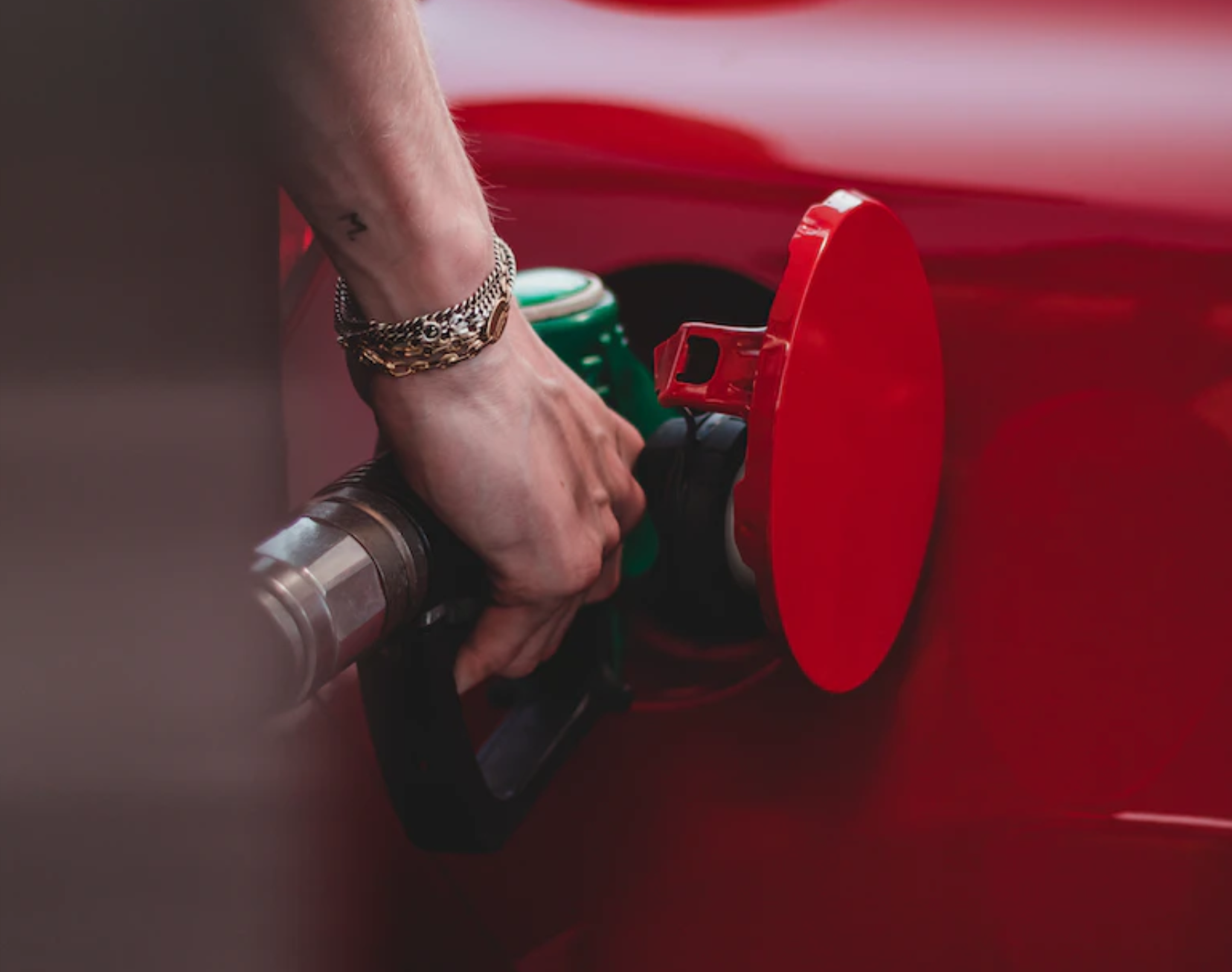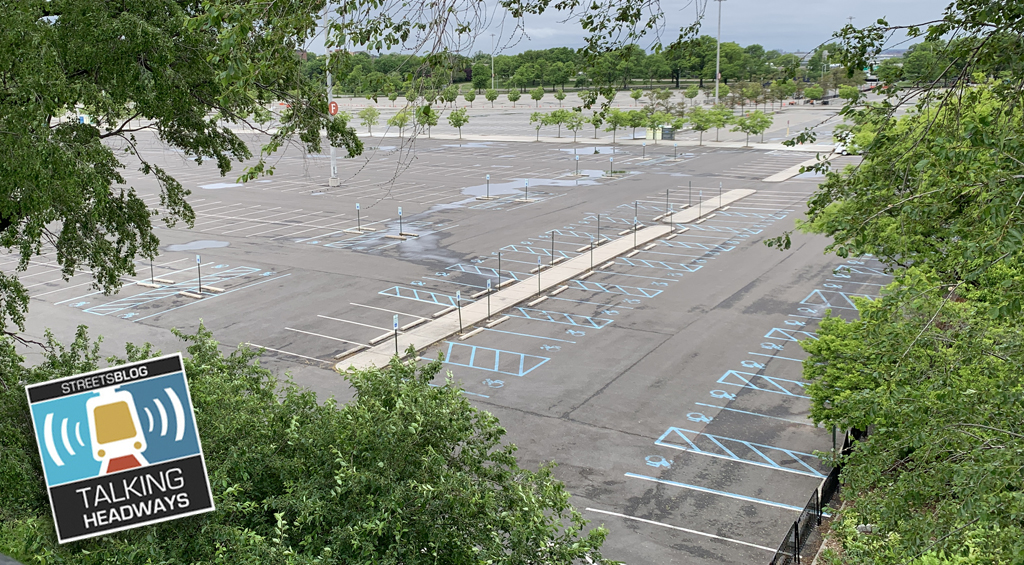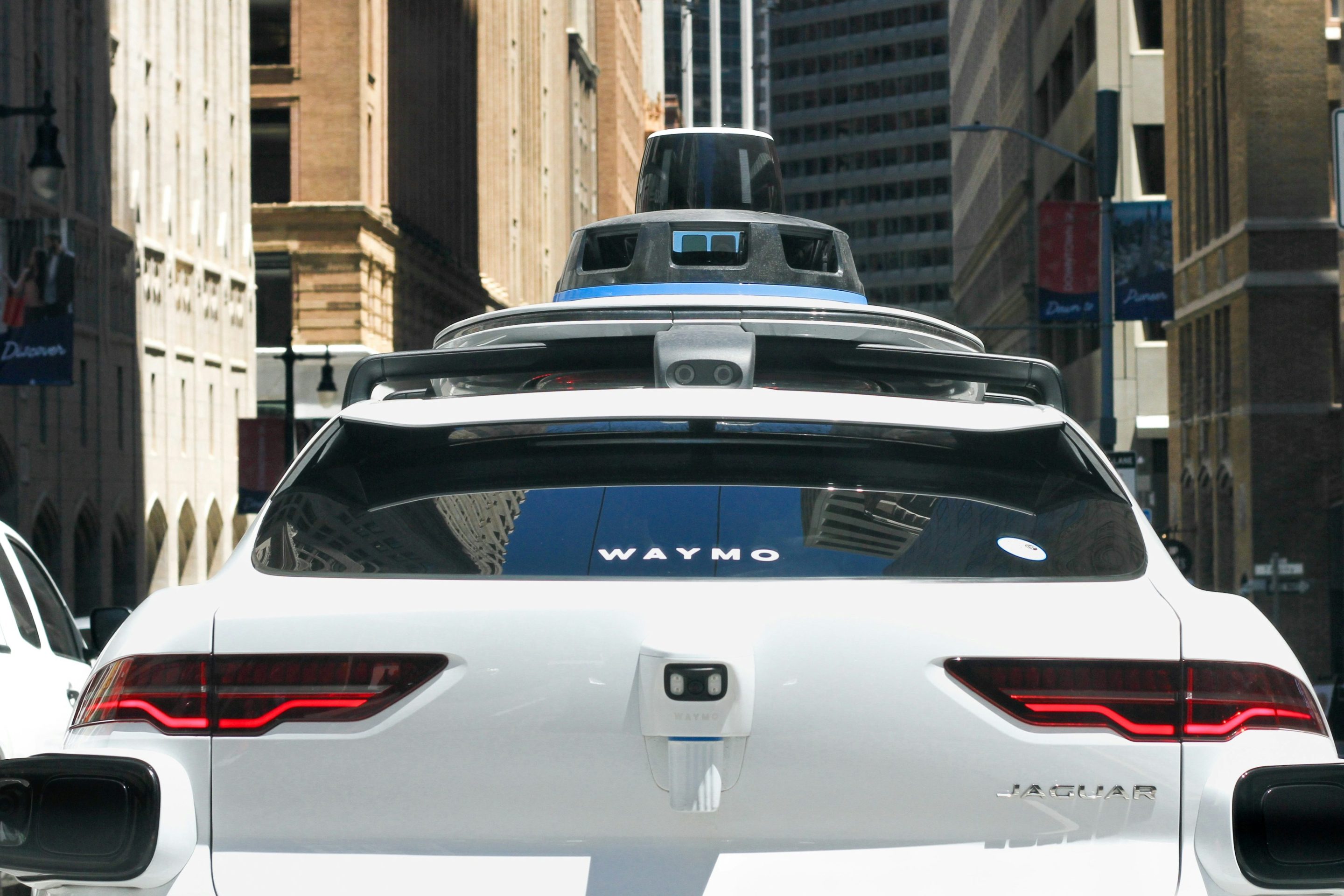
As an avid iPhone user, I have bought into the sense that Apple could literally peer into the future and deliver me technology that I never realized I would so desperately need.
For years, Steve Jobs and company seem to have been our reliable guides to a better tomorrow. For new technology, Apple’s vision towards the future seems nearly flawless. But for corporate responsibility? Well, that’s a different story.
Apple’s decision to build a mammoth new headquarters in Cupertino, California -- miles from public transportation and adequate housing -- amounts to a corporate denunciation of sustainability and a giant corporate shrug to Mother Earth.
Leadership for the tech giant maintains that the new campus will offer “a serene environment reflecting Apple’s values of innovation, ease of use, and beauty.” But the simple fact is that many of Apple’s 13,000 employees will now be commuting to an isolated location 45 miles south of San Francisco.
This reality seems a world apart from Apple’s corporate communications, which state:
Our commute programs reduce traffic, smog, and GHG emissions by providing incentives for biking, using public transportation, and reducing the use of single-occupancy vehicles.
How exactly is this possible when the new headquarters is being built on a location without any existing public-transportation options?
It does sound nice that Apple is funding a $35 million transportation demand management (TDM) program encouraging employees to use corporate shuttles and carpools. However, even with these efforts in place, Apple predicts that at least 9,000 employees will drive alone to the new headquarters -- resulting in a huge increase in emissions and clogged roadways.
Although TDM can mitigate the worst outcomes, even the best program cannot make up for a disastrous location. Having a TDM program at this facility is like Exxon having a program to wipe down baby seals after a spill.
You know who's way more progressive and innovative on this than Apple? The federal government. Apple would have done well to have followed the White House directive for federal agencies that establishes:
an integrated strategy toward sustainability in the federal government, including efforts to operate high-performance sustainable buildings in sustainable locations and to strengthen the vitality and livability of the communities for federal agencies.
That Executive Order further directs agencies to advance regional and local integrated planning by "participating in regional transportation planning and recognizing existing community transportation infrastructure" and by:
ensuring that planning for new federal facilities or new leases includes consideration of sites that are pedestrian friendly, near existing employment centers, and accessible to public transit, and emphasizes existing central cities and (rural) town centers.
Soon the Federal Bureau of Investigation will select a site for its new headquarters in the Washington D.C. region. The selection is narrowing to two locations that are both adjacent to Metrorail stations. By locating near existing transportation infrastructure, the FBI will make a statement about its desire to create a sustainable work environment -- and stands to beat Apple’s drive-alone rate to its new campus.
Successful TDM programs around the world make great contributions by encouraging better use of sustainable transportation options, such as walking, biking, public transportation, carpooling, and vanpooling. Regrettably, even with a best-case TDM program for shifting employee commuting patterns, Apple’s isolated location will result in a commuting nightmare for its employees with consequences for the entire Bay Area.






